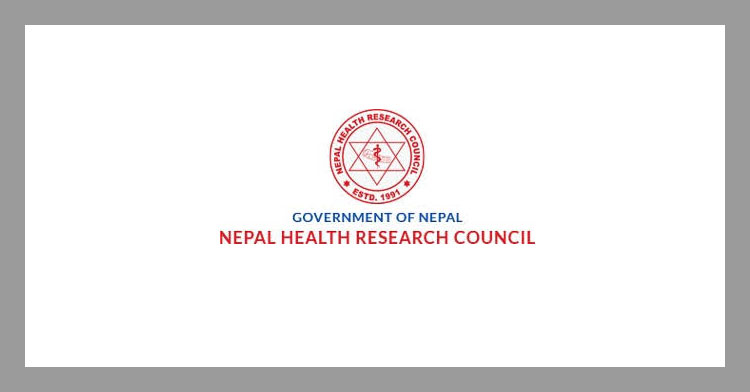Reducing MMR and NMR in an Eco-Ethnographically diverse district Kapilvastu through Community Engaged Digitalized Comprehensive Continuum of Care

Maternal mortality in Nepal remains disproportionately high compared to other South Asian countries, exacerbated by COVID-19. The 2021 Nepal Maternal Mortality study reported an MMR of 151 per 100,000 live births, peaking at 207 in Lumbini Province. Reduction of Maternal Mortality Ratio (MMR) from 239 (2016 estimate) to 70 per 100000 live births and neonatal mortality from 21 to 12 per 1000 LB by 2030 are two of the targets of health-related Sustainable Development Goal 3 (SDG3) in Nepal (NPC 2020). Addressing delays in seeking, reaching, and receiving adequate care through a comprehensive continuum of care is essential to achieving these goals.
This project is a multipronged intervention designed to enhance the quality continuum of care through a digitalized data recording system, telemedicine, engaged community participation, and co-creation to address adverse maternal and neonatal health conditions in Nepal, aiming to achieve intermediary SDG3 targets (reducing MMR to 150/100,000 LB and NMR to 16/1,000 LB) by the end of 2025.
This project aims to reduce maternal and neonatal mortality in Kapilvastu District, one of the areas with high maternal mortality in Lumbini Province, Nepal, by implementing a community-engaged, digitalized continuum of care. Using an innovative ‘hub and spoke’ model, the project will digitalize ANC records and Female Community Health Volunteer (FCHV) registers, map pregnant women using GIS, offer tele-counseling, strengthen healthcare provider capacity, and improve referral care. The project will align with the government’s MNH program and use a mixed-method approach, including evidence synthesis and quasi-experimental design. It will focus on improving labor and surgical care, monitoring SDG progress, engaging the community, and co-creating locally relevant solutions.
